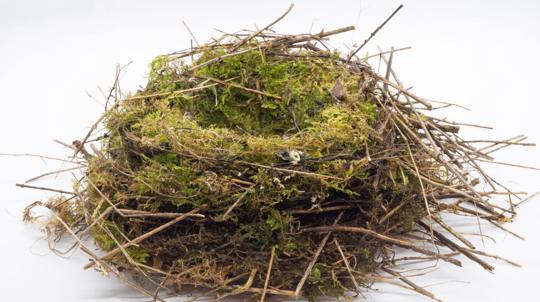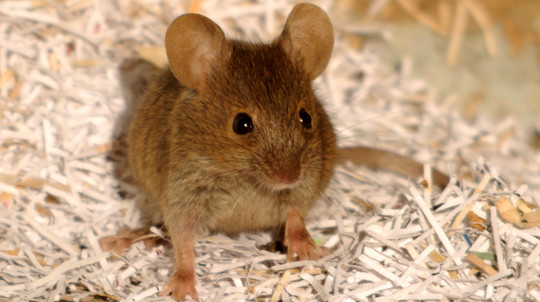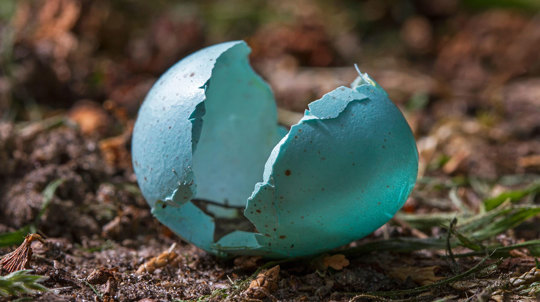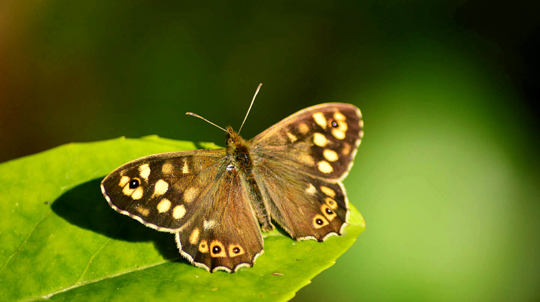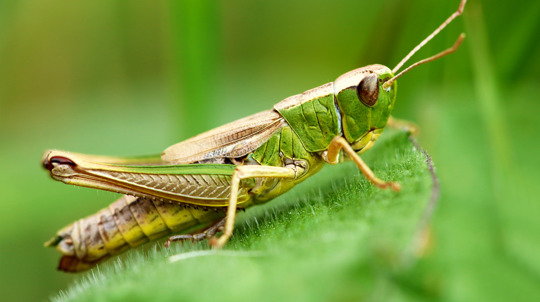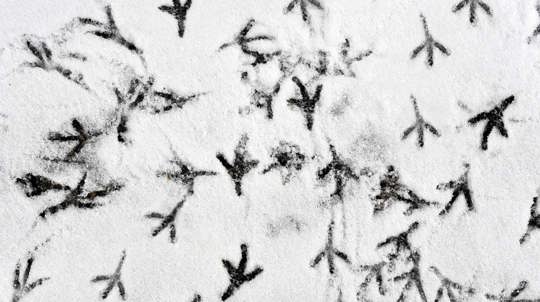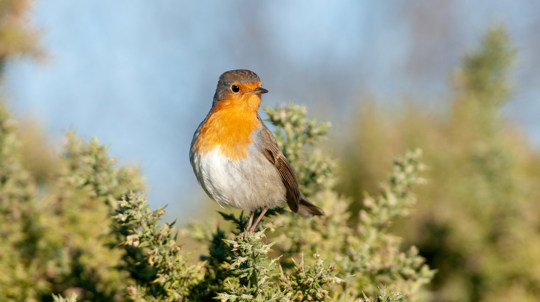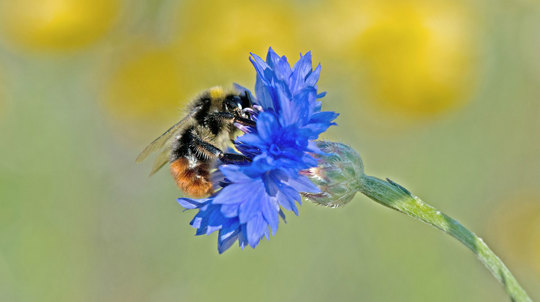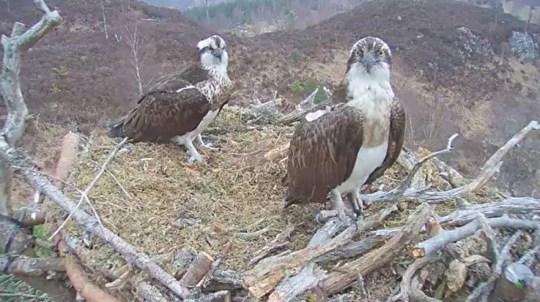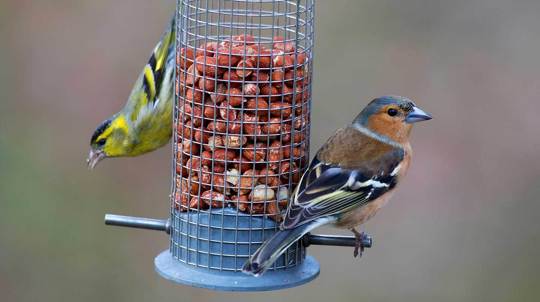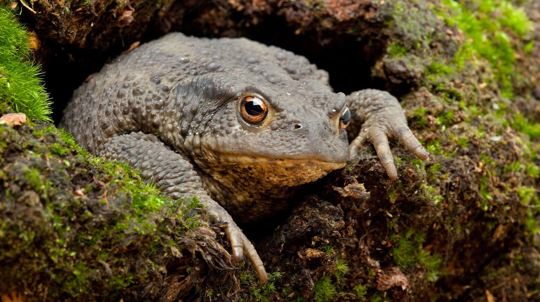Woodpeckers have shock-absorbent tissue between the base of their bill and skull. This clever adaption cushions the impact of their drumming.
Feather identification: common feathers in the UK

Digital Content Manager
Collecting nature finds is a lovely way to feel closer to the wildlife on your doorstep. Some of the most abundant of these treasures are feathers, and you can find them almost anywhere. But which bird left them behind?
The tantalising traces of passing birds can be tricky to identify. This guide won’t turn you into a fully-fledged feather expert, but it will help you recognise some of the most common feathers you may find.
Feather identification: what to look for
Though every feather is different, there are some key things to look for. Colour is the place to start, followed by size and shape. Take into account feel too, as this can set two similar-looking feathers apart.
Feathers from the wings can be instantly recognisable. These are split into three groups, with some more patterned and colourful than others:
- Primary feathers are the largest and closest to the wingtip. Most birds have about 10 on each wing. Without these, they can’t fly
- Secondary feathers are around the middle of the wing
- Tertiary feathers are those closest to the body.
Great spotted woodpecker (Dendrocopos major)
Appearance: the primary and secondary feathers of the great spotted woodpecker are unmistakeable: black with large white spots along their edges.
Where to find: great spotted woodpeckers love deciduous woodland with a mix of mature broadleaved trees. Keep your eyes peeled for feathers around the base of large trees where the birds have been drumming.
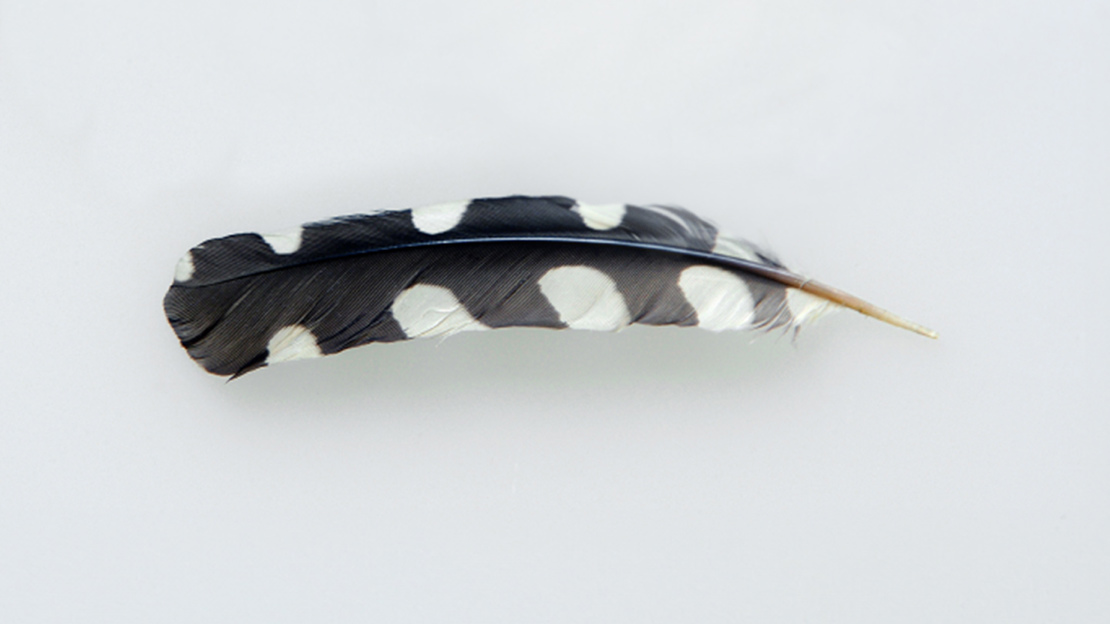
Tawny owl (Strix aluco)
Appearance: a tawny owl’s feathers are gingery-brown with dark bands. However, they can look like the feathers of other birds, like pheasants. One of the best ways to tell them apart is to feel along their edge. The edges should be beautifully soft and, when you look closely, serrated for silent flight.
Where to find: tawny owls live in woodlands with plenty of tree holes where they can nest. They can also be spotted in parks and gardens, especially when there are special nest boxes for them.
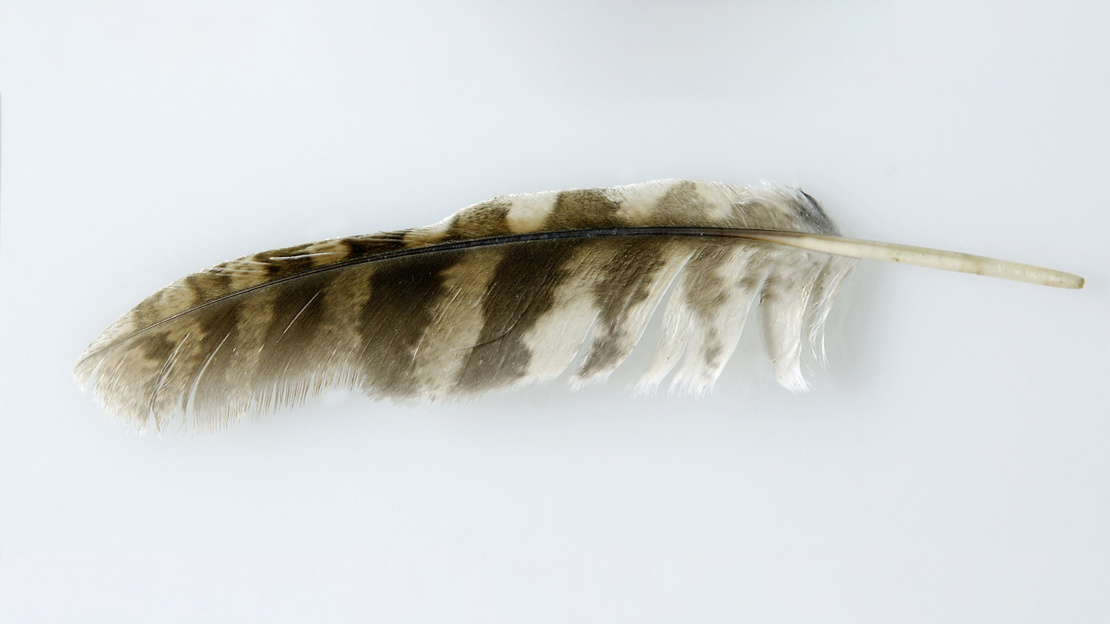
Buzzard (Buteo buteo)
Appearance: a buzzard’s primary feathers are a distinct shape: thinner on one side than the other, with a slight notch missing from the top half. One side of the feather is dark brown while the other has a brown upper part with dark bars. The base of the feather is cream. Secondary feathers are shorter and rounder.
Where to find: look out for buzzards soaring above woodlands and the surrounding countryside. You may also see them hopping through fields foraging for earthworms.
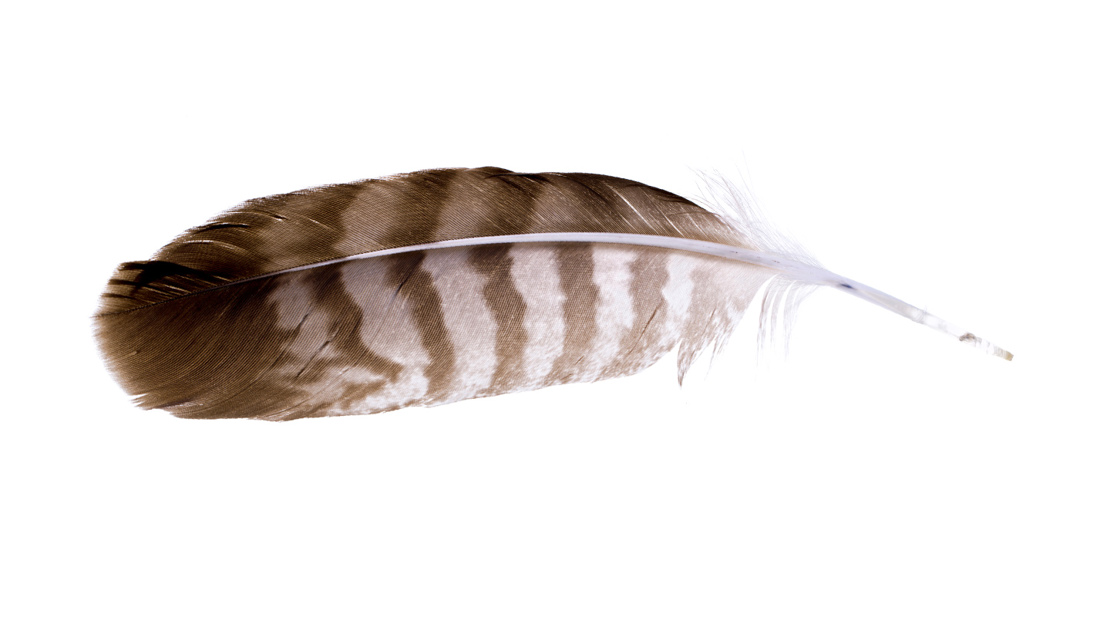
These beautiful birds are the largest of our woodpeckers. Their ‘yaffling’ call has earned them several colloquial names. These include yaffingale, yappingale and laughing Betsy.
Green woodpecker (Picus viridis)
Appearance: green woodpecker feathers look like those of the great spotted woodpecker, but with a green wash on one side. Instead of white spots they have white bars that form a ladder-like pattern up the feather’s length.
Where to find: you can find them in open woods, parkland, orchards and large parks.
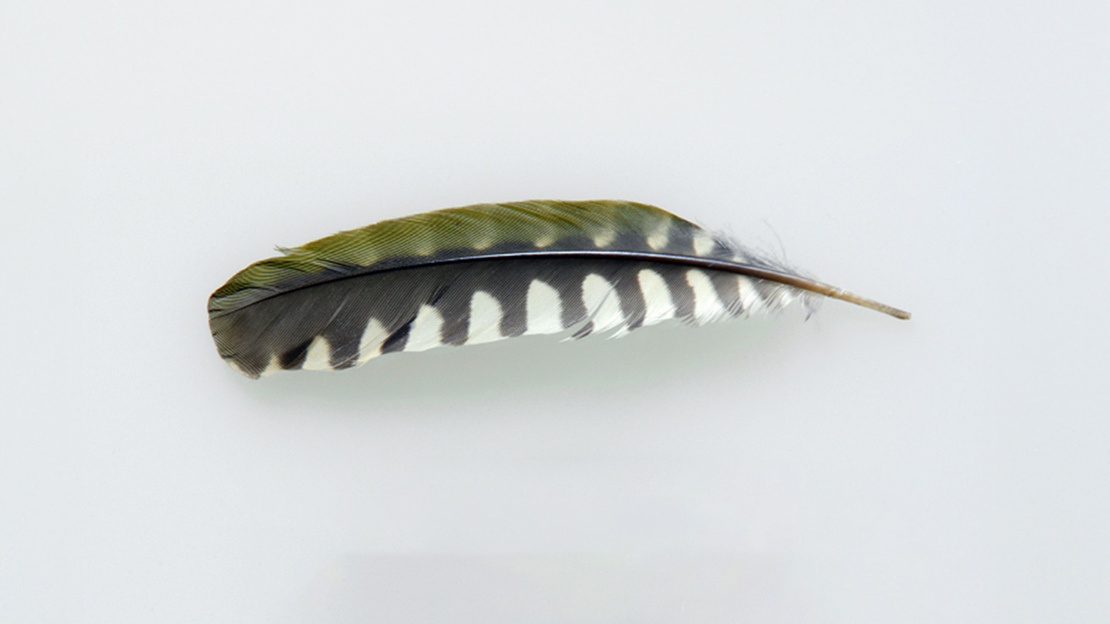
Contrary to popular belief, magpies are not specifically attracted to shiny objects. They may investigate items out of curiosity, but there is no evidence they are attracted to shininess in particular.
Magpie (Pica pica)
Appearance: there is no mistaking the shining petrol sheens of magpie feathers: purple-blue on the wings and green on the tail. Their primary feathers are the most recognisable. They are long and narrow, with white patches that contrast against black areas that shine and shimmer in the light.
Where to find: magpie feathers can be found almost anywhere, from forests to your garden.
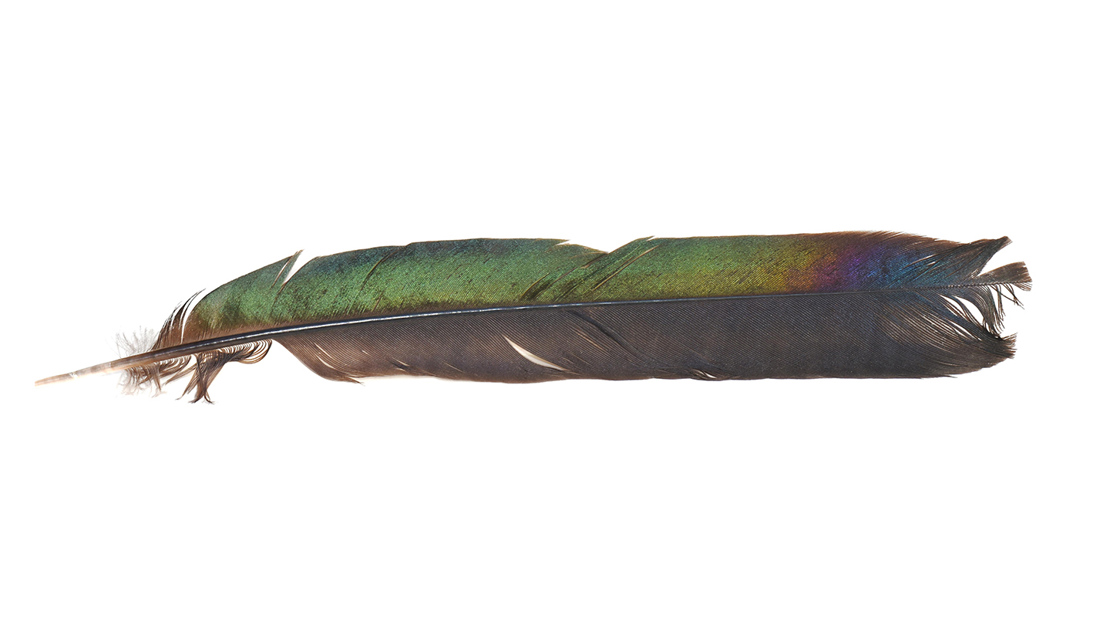
The most colourful members of the corvid (crow) family, jays are somewhat shyer than their relatives. They do show off a little more during autumn, when they forage for acorns around the base of oak trees.
Jay (Garrulus glandarius)
Appearance: a jay’s wing feathers are unmistakable. The shorter top layer of wing feathers is bright blue with black bars. The secondary feathers are mainly black with small blue areas.
Where to find: look for feathers in woodland, parks and mature gardens, especially around oak trees.
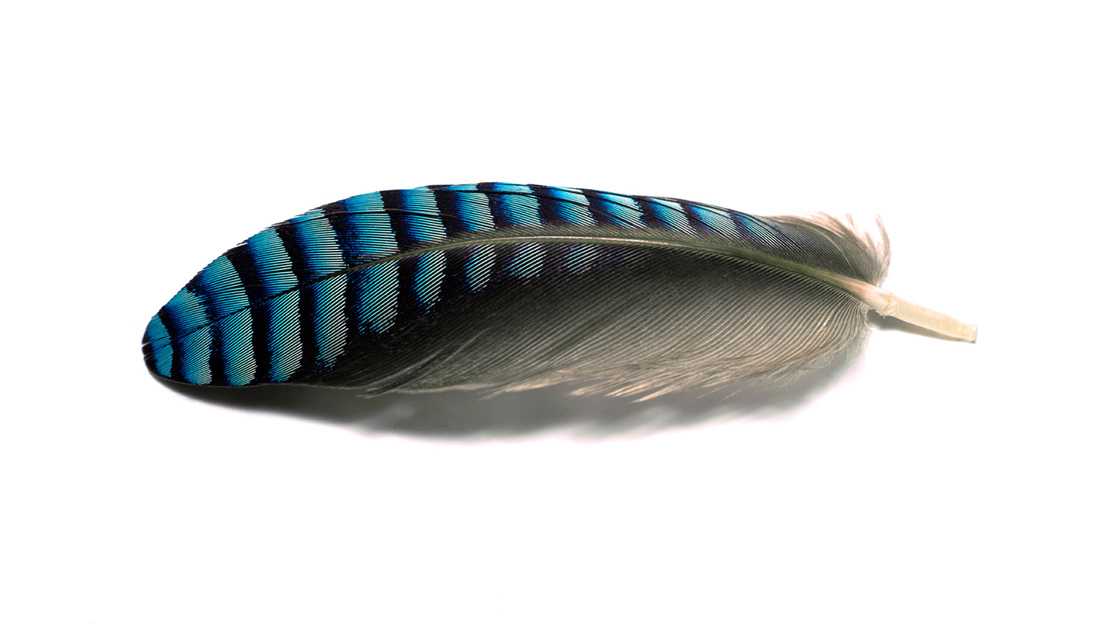
Pheasants are not native to the UK. The first birds may have been introduced as early as the Roman period. Now, tens of millions are released into the countryside by the shooting industry each year.
Pheasant (Phasianus colchicus)
Appearance: pheasant feathers are some of the most variable in the bird world. Their long tail feathers are the easiest to identify: chestnut, tapering to a point and barred with black and gold. The breast feathers of males have a lovely orange colour, a black tip and a brown base. Some of them even have a purple sheen.
Where to find: pheasants are most commonly spotted in open countryside, near to woodland edges and hedges.
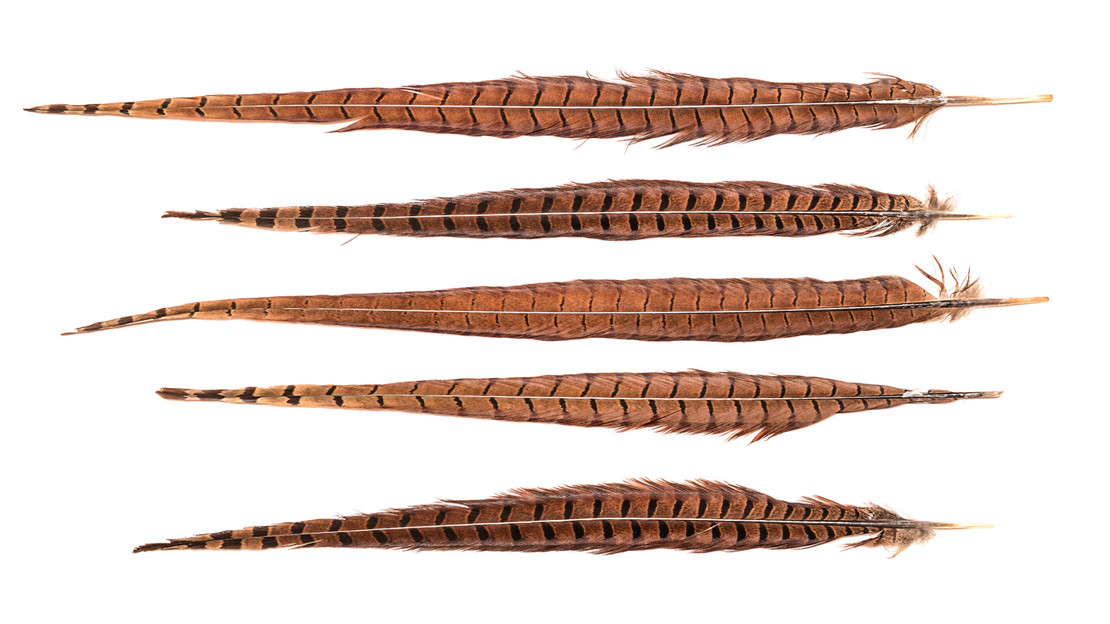
Unlike most birds, wood pigeons feed their young on a milk-like liquid! This is secreted from their crop – a useful part of the bird’s digestive tract which can be used to store food. Pigeons and doves produce this milk from the lining of the crop, feeding it to young birds. It’s often referred to as pigeon milk!
Wood pigeon (Columba palumbus)
Appearance: the tail feathers of the wood pigeon are some of the most likely to be found on the ground. They are long and rectangular with a broad tip. The base of the feather is dark grey, the middle is pale grey and the tip is black.
Where to find: wood pigeon numbers are booming and they have colonised both urban and rural areas. Feathers can be found everywhere, though woods are a particularly good place to look.
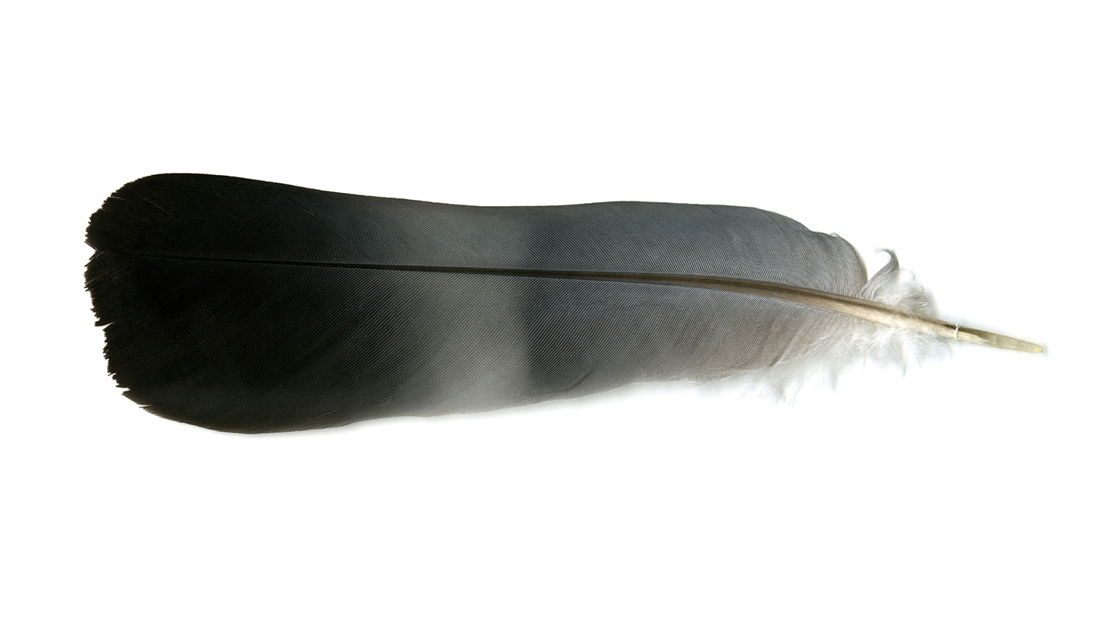
Identify woodland birds on the go
Keep our pocket-sized identification guide to hand on your next walk.
Buy yours now

